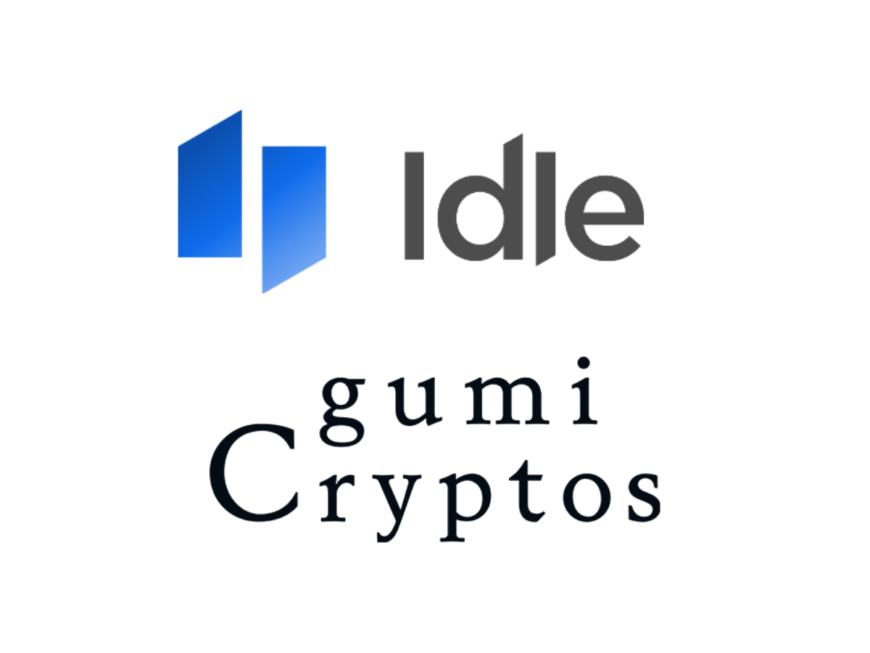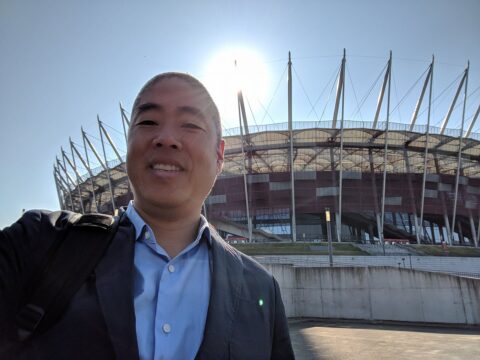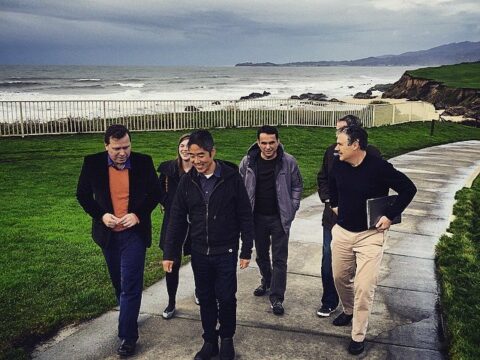
How We Met
I was first introduced to Matteo in March 2020 by our friends at Rockaway. At the time, Idle had just deployed v2 of their contracts, had $200k in AUM, and the yield farming phenomenon hadn’t yet started. We discussed yield optimization across lending protocols and where we thought the space of aggregation (and DeFi as a whole) were going, and decided to stay in touch as v3 was built out. We reconnected just before Idle went out to raise their seed, when v3 had launched and Idle was nearing $1M in AUM.
The Team
We were impressed by the team’s ability to quickly iterate and produce high-quality products as the market changed (e.g. yield-optimized strategies factoring governance token prices given the popularization of liquidity mining) while incorporating feedback from the community and early users. Given our conviction in the team’s abilities to ship, the sophistication of the rebalancing algorithm they build and iterated on, their security-first mindset and partnership they enacted with Quantstamp, and observing the early indications of their ability to bootstrap protocol growth, we decided to lead Idle’s $1.2M seed round.
Thesis
As DeFi summer raged in 2020, the market experienced a large problem: with so many protocols and pools to choose from, users who wanted the best rate had to be constantly monitoring the space. And as gas costs increased, moving capital from pool to pool to capture the best rates became economical only for larger users. Then came yield aggregators.
Aggregators were in high demand, especially to retail users and protocols (who didn’t want to actively manage their assets); capital began pouring in. After surveying the market and evaluating multiple aggregators, we were drawn to Idle and saw a competitive advantage in the sophistication of their rebalance mechanism coupled with an extreme focus on security. The team had previously deployed and iterated on multiple versions of their contracts, eventually creating an algorithm that factors utilization rates (and how these and the associated interest rates change when funds are moved), liquidity mining rewards, and gas costs into their rebalancing mechanism. Along each step, they worked with Quantstamp to ensure their code had been properly reviewed before deployment, and even created a risk-adjusted strategy (alongside their Best-Yield Strategy) that factors external protocol risk into the rebalancing mechanism. We felt this differentiated approach had the potential to attract a significant amount of capital, especially from other protocols.
Growth
Investors worked with the team to design the initial liquidity mining campaign to bootstrap v4 of the protocol. Upon launch of liquidity incentives, TVL rocketed to $220M, and as with most protocols, the end of the initial bootstrap campaign caused an expected fall off of TVL initially.
Today, Idle is near all time highs in AUM (~$250M), and impressively over 95% of this is in stable assets. Without significant liquidity incentives, this exemplifies the value Idle’s rebalancing mechanism (which has now performed almost 1,200 rebalances for depositors) provides to the market.
Governance & the Future
Through a unique governance and development structure, Idle has methodically been adding features and products requested by the community with execution from “Leagues” (see: Divisions) in charge of handling certain aspects of the protocol. Leagues make proposals to the community, or take community-led proposals and help them come to fruition. This has allowed for fast execution while maintaining decentralization; League Members are periodically voted in by tokenholders, and snapshots determine direction with on-chain votes determining final implementation (e.g. transfer of funds from treasury or upgrades/additions to smart contracts).
Idle currently has a Development League in charge of technical development of the protocol, a Treasury League (which I was voted into) responsible for overseeing grants and funding initiatives to improve the protocol, and most recently a Communication League to continue to develop the Idle brand and grow the protocol’s AUM.
Recently, the community voted to take 50% of the performance fees earned by the protocol to market buy $IDLE and return to stakers (with distributions based on the curve model of staking over a 4 year period). Technical implementation was handled by the Development League. Additional staking features could be initiated by the community (like weighted voting) and further implemented by the Development League, or via grants overseen by the Treasury League.
The community also recently passed a proposal from the Treasury League to launch a Shield Mining Campaign with Nexus Mutual. The treasury league worked to design a program with the Nexus Team, then proposed the structure to the community who approved it. From here, an additional “insured yield” product can be built that automatically buys cover for the assets in the pool. Additional developments can be followed in the Idle Governance Forum.
Undoubtedly, the unique governance structure Idle has implemented will allow for faster development and innovation while importantly maintaining decentralization, and will itself change with community input over time.
Idle on the MikoBits Show
You can check out the episode with Idle Labs CEO, Matteo Pandolfi, below
Disclaimer
Information is provided for general educational purposes only. This presentation is not an offer to sell securities or a solicitation of offers to buy securities. Nothing contained herein constitutes investment or other advice nor is it to be relied on in making an investment decision. For more important information, please see disclaimer



